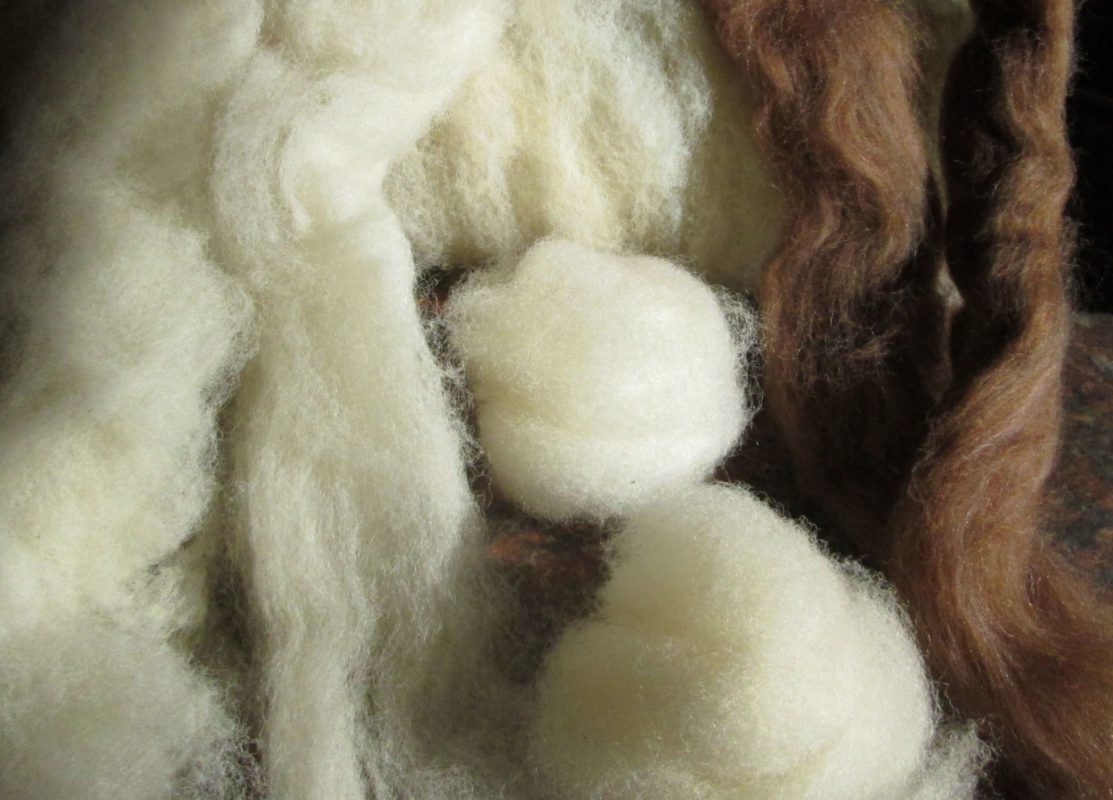Information
Different Types of Processed Fibre
Are you confused by the myriad of different types of processed fibre? You are not the only one and every time I read an article or watch a video, I find a contradiction. Therefore I have looked back at older texts describing processing techniques and more recent authorities, to define the different types of fibre. Through my involvement with the Ancient Wessex Network, I have an understanding of pre-industrial techniques and refer regularly to an outstanding book by Peter Teal, who researched processing methods for many years. I also referred to the British Woolmark website for information on modern industrial processing methods.
I have been processing fibres for over 40 years and developed my own methods for producing fibre for different purposes. Generally, I comb for spinning and card for felting and peg loom weaving. Here we will start at the beginning.
Prehistoric and Pre-industrial Hand Processing
What is Teased Fibre?
This is the most ancient and easiest method. It is slow. Basically, pieces of gathered fleece are pulled apart and lined up roughly parallel ready for spinning on a drop spindle. It is rumoured that teasing was done with teasel heads, hence the name. Some people have tried using teasels with some success, but personally I am not convinced.
From at least the Iron Age (probably earlier), the fibres were prepared using combs. This removes all the short fibres, vegetable matter, noiles and nebs (knots and very short fibres). When done by hand, you create beautifully soft and bouncy ‘nests’ of sliver, which are lovely to spin and create yarn with a fantastic lustre. The yarn created can be used in any process from weaving and embroidery to knitting and crochet.
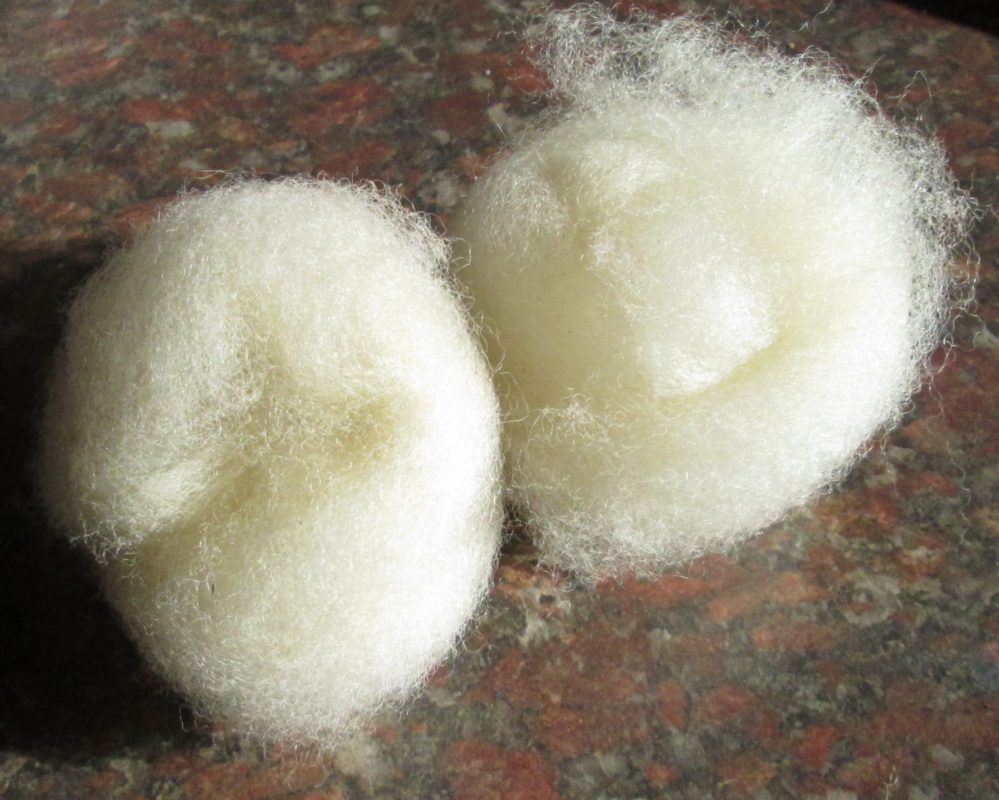
When yarn production was a cottage industry, the fibre was prepared by specialist male combers, worsted spun by women and children and hand woven in small weaving sheds, mostly by men. These are all specialist time-consuming processes.
What is the difference between Sliver and Roving Fibres?
Sliver is the parallel lengths of fibre with no twist, created by combing fibre. To help store and transport the slivers a slight twist is added to create a roving. This also makes the fibre easier to spin.
What is carded fibre?
The earliest evidence of needled carding cloth being used to process wool fibre is from France in the late 13th century . Before then, it is believed that most processing was by combing and certainly to get fine, lustrous yarn the fibre must be combed.
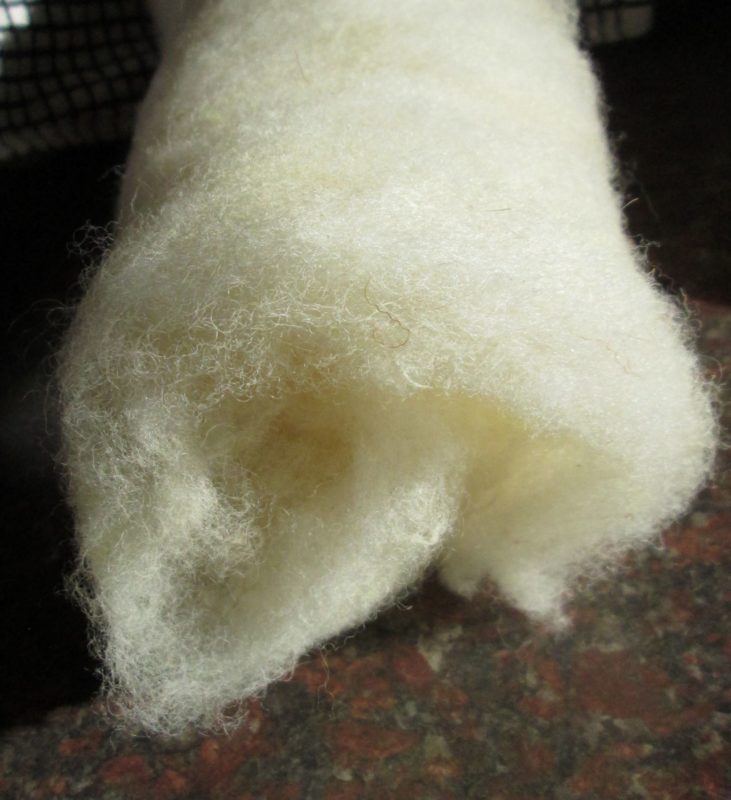
Carders are like brushes. They brush the fibres, so they are more or less parallel. After this, the fibre is folded into a batt or rolag. This method is traditionally used for short fibres, which are then woollen spun. In recent years, small drum carders have been designed, both electrically or hand driven. They produce larger batts, ready for felting, woollen spinning or I use the batts on my peg loom to make sustainable seat pads.
Alternatively, the fibre can be pulled off in strips to make carded sliver. This is how I process my fibre for felting and some woollen spinning. Hand or drum carders are also used to create punis. These are smaller thinner rolags, created from shorter fibre fleeces. They are made by rolling the fibre round a stick to remove them from the carders or a blending board. Punis are normally used in long draw woollen spinning, something I have never attempted!
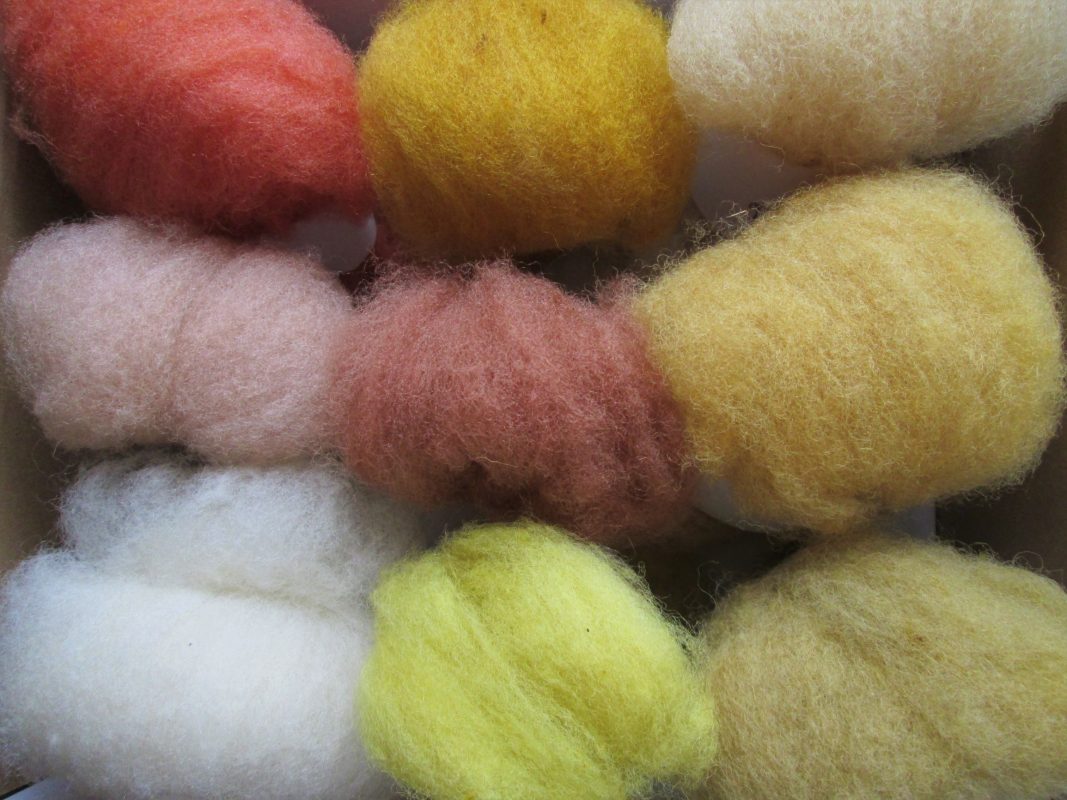
What is the difference between batts, rolags, punis and carded sliver?
Not a great deal! The fibre is normally higgled-piggily and not lined up. The main differences are size (batts large and punis small) and fibre length.
Industrially Processed Fibre
This is a totally different process, right from the start. The fibre is scoured to remove all lanolin and oil. It is then dyed, so the yarn has an even colour when spun. Inorganic mineral oil is added to make it possible to process the fibre.
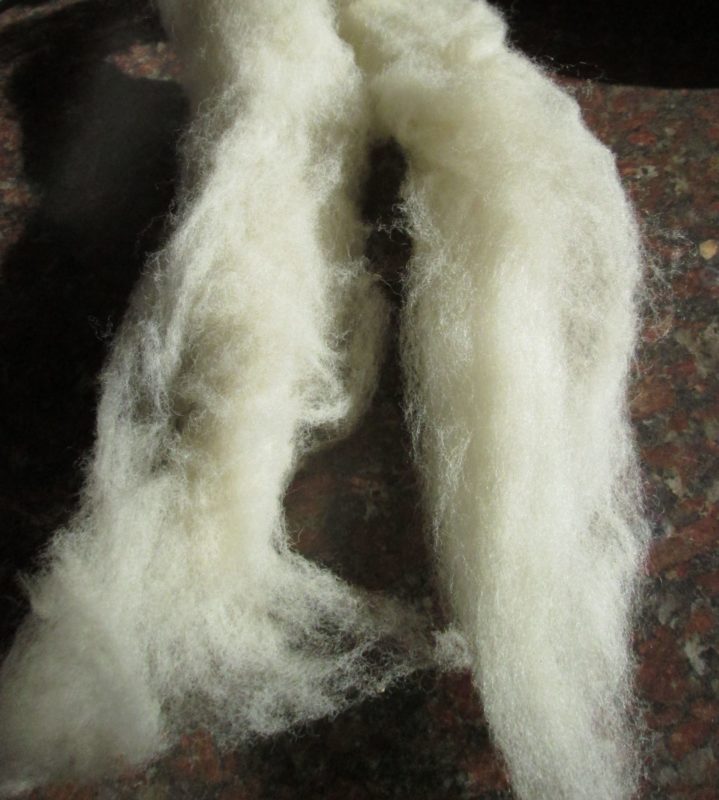
The first stage involves carding the fibre to start aligning the fibres. This process produces huge batts for felting or carded sliver.
The carded sliver is gilled and combed to produce combed sliver or ‘tops’, where the fibres are long and are lined up parallel to each other. Combed sliver is used to produce worsted spun yarn in most mills or is drawn out and given a slight twist to produce pencil rovings, which may be sold as super chunky yarn. The short fibre ‘waste’ from the gilling and combing is re-carded and generally woollen spun producing fluffier yarn or may be used to fill duvets and pillows for bedding.
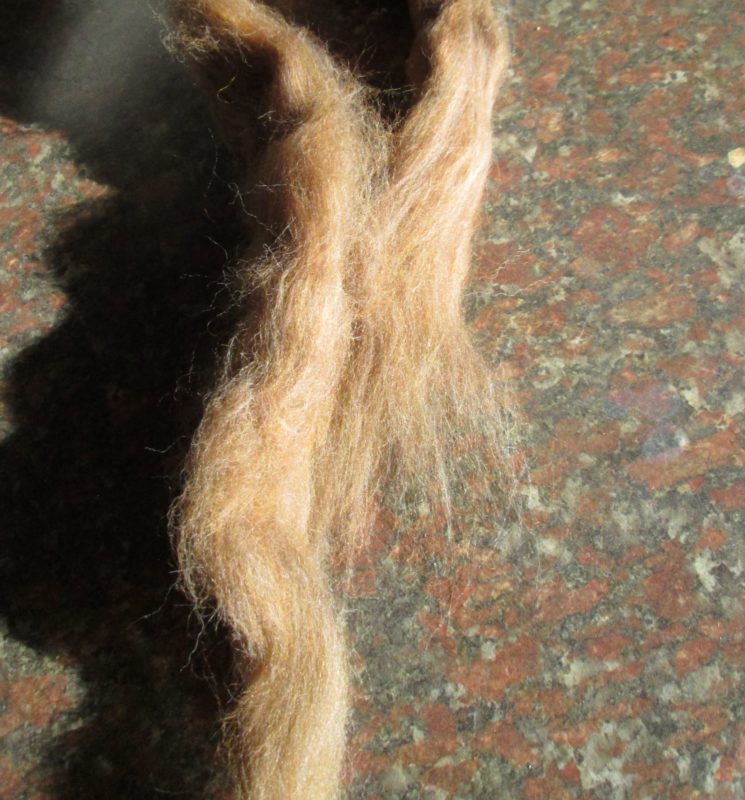
More details can be found on the Woolmark website.
Personally, I find the industrially produced fibre feels dead. Similarly, it lacks bounce and lustre, however, it is liked by some spinners and needle felters.
Summary of the Different Types of Processed Fibre
| Fibre Type | Fibre alignment and length |
| Combed sliver or tops | Parallel, long fibres |
| Rovings | Parallel, long fibres with a slight twist |
| Carded sliver | Roughly aligned fibres of mixed length |
| Batts or rolags | Roughly aligned fibres of mixed length |
| Punis | Roughly aligned fibres of short length |

